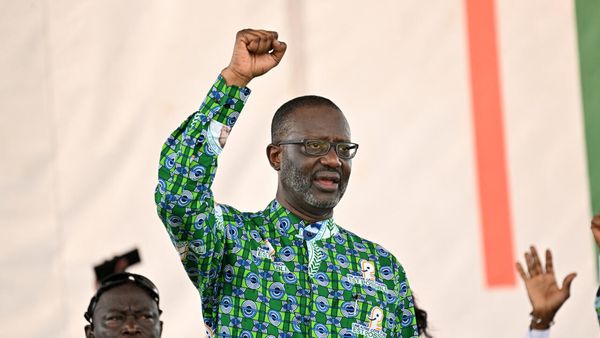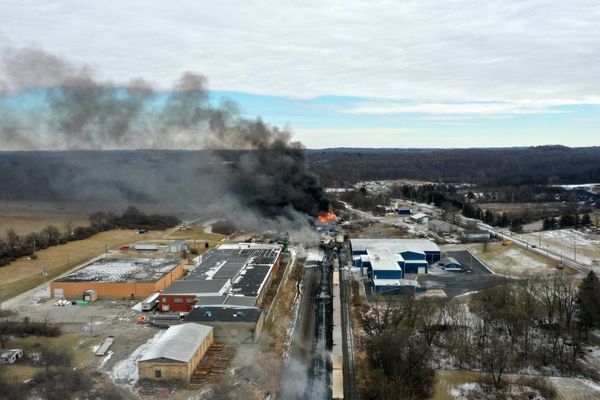
The 2027 World Rally Championship regulations are likely to offer manufacturers a range of powertrain options and cars that will be significantly cheaper through a cost cap on components.
The WRC’s 2027 ruleset for the future of Rally1 and Rally2 is expected to be revealed at next month’s World Motor Sport Council, although Autosport understands teams were issued a draft of the proposal at last weekend’s Rally Japan.
It is widely anticipated that the current Rally1 spaceframe chassis, which has increased safety levels and accommodated various car model body shapes since it was launched in 2022, is expected to continue with adaptations. Plans to expand chassis construction out to tuning companies, and not locked to only manufacturers, is being discussed.
While hybrid power has been abandoned for 2025 and 2026 in Rally1, it is expected that manufacturers will be offered flexibility on powertrains for 2027.
It is likely that the internal combustion engine, powered by 100% sustainable fuel, will be the preferred option, but the ability to run full EV and hybrid is set to be offered.
If in the future a multitude of powertrains are selected by manufacturers the performance between the cars will be balanced using a torque meter. This concept is set to be used at next year’s Dakar Rally.

“The procedure for 2027 will be different. There will be a core car which will be the base going forward and there will be an opportunity for flexibility among the manufacturers,” FIA road sport director Andrew Wheatley told Autosport.
“One of the core principles that was determined in February and March was going forward we need an element of flexibility so there will be an opportunity for manufacturers to consider full electric, hybrid or ICE.
“However, looking at the future I think it is significantly more likely all manufacturers will move to towards a more traditional powertrain simply because of the commercial opportunity that a simpler car has.
“If somebody comes into the discussion and wants to run full EV there is no problem. What we are seeing in other championships is that the reliability of the torque meter is pretty good and the consistency is very good.
“We will see it in practice in Dakar which is the first event in our department that will be using a torque meter to balance the turbos etcetera, and that is going to give us a good indication of how it works in practice.
“You are given a torque map and you build your engine to that torque map. It could be a 500 horsepower car but the torque map limits it to 380 horsepower. For me, that is an interesting concept.”
This flexibility is not only confined to powertrains, with the chassis designed to be used in both WRC and the World Rallycross Championship moving forward.

WRC set for component cost cap
One of flaws of the current Rally1 regulations is that costs have spiralled with cars priced at close to a million euros.
Reducing costs has been among the FIA’s main targets with the new regulations and in February this year it indicated that cars would cost approximately 400,000 euros.
According to Wheatley significant strides have been made to lower the costs of building 2027 cars, which will be helped by a cost cap on certain components.
“That [reducing costs] is something the manufacturers have really taken to properly to the extent that the proposal when it comes, providing it is approved, I think you will be surprised by the overall cost of the car,” he added.
“In a world where 12 months ago it was difficult to get anybody to agree that cost needs to be a key element, it is now a key element.
“There won’t be [a cost cap] across the whole championship but there will be for individual elements. They will be regulated and the idea is that by regulating certain parts it would be difficult to go past [the cap].”







